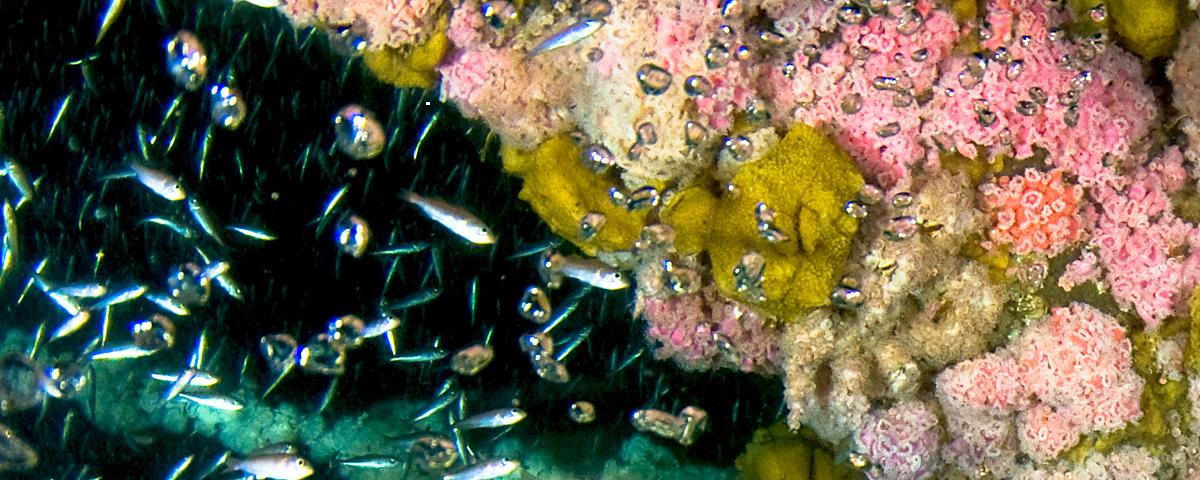Artificial reefs as fishery conservation tools: contrasting the roles of offshore structures between the Gulf of Mexico and the southern California Bight.
Abstract
Rigs-to-Reefs is a term used when converting obsolete offshore oil and gas platforms into designated artificial reefs. In Federal waters, there are over 4,000 platforms in the Gulf of Mexico and 23 structures in the Southern California Bight. Platforms in the Gulf of Mexico are concentrated in the north-central and northwestern regions where few natural reefs exist; they harbor unique communities bearing little resemblance to those in the natural surrounding habitat. There is evidence that the artificial habitat supplied by platforms in the Gulf of Mexico has increased the regional carrying capacity for economically important reef fish species such as red snapper. Platforms in the Gulf of Mexico are customary destinations for both commercial and recreational fishing and Rigs-to Reefs program of Gulf States are activity expanding each year. Contrary to the Gulf of Mexico experience, California platforms are concentrated in the Santa Barbara Channel area among natural reefs and offshore islands and they harbor fish assemblages that resemble those found in nearby habitats. Observations at natural reefs and platforms off California found that platforms have become refugia for increasingly rare and overfished species, which is thought to be, in part, a result of light to non-existent fishing pressure at those platforms. Many of the oil and gas structures off California are nearing the end of productive life as sources of oil and gas. Within the next decade important decisions will be made concerning the ultimate fate of the California platforms and the fish populations they support.

